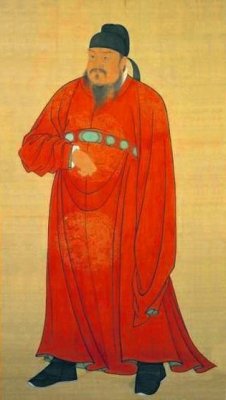Tang Dynasty Clothing
 Clothing in the Tang Dynasty of China, which lasted from 618 to 907, is considered to be among the most graceful and elegant of the imperial era. During this period, Chinese power, influence, and culture were in some ways at their height. Silk was frequently used in the garments worn by the richer and more powerful classes.
Clothing in the Tang Dynasty of China, which lasted from 618 to 907, is considered to be among the most graceful and elegant of the imperial era. During this period, Chinese power, influence, and culture were in some ways at their height. Silk was frequently used in the garments worn by the richer and more powerful classes.
Ordinary Chinese were more likely to wear clothes made from linen and wool, while poor peasants fashioned clothing from animal skins. There were strict laws regulating who was allowed to wear specific types of clothing, which extended to the jewels used to decorate them.
The Confucian Code
The traditional code of Confucius still reigned supreme in China at this time. Women in particular found themselves significantly constrained in what they could wear. Hufu, a fashion based on that of the western Tartars, was very popular at the height of the Tang period, though this weakened as the dynasty neared its end.
By the year 900, women mostly wore loose-fitting, wide-sleeved garments. Even ordinary women's robes would have sleeves of as much as four or five feet in width. Men's clothing was still based to an extent on practicality, especially where horse-riding was necessary. Imperial servants, however, wore color-coded garb, with the shades for each class laid down by the Emperor Gaozong.
Accessories
In addition to being required to wear specific hues and types of clothing, civil servants in Tang China also carried certain accessories according to their rank. High-ranking officials were allowed to wear a knife or sword, while those in the next class down sported a jade belt.
Lower-ranking men also wore belts, but of gold and silver. Ordinary citizens were prohibited from wearing anything more than a small knife of iron or bronze. Hats made of bamboo were often worn by women, on top of a coiled "cloud bun" hairstyle. It was considered best for the temples to be covered by hair.
